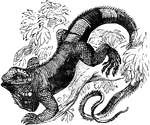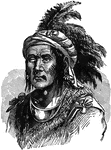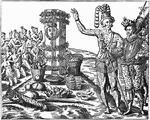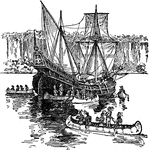
Northern Bluefin Tuna
The Northern bluefin tuna (Thunnus thynnus) is a species of tuna native to the Atlantic Ocean, the Mediterranean…
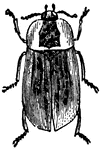
Necrodes Lacrymosa
"They introduce themselves under the skin of the carcasses of animals, and devour their flesh to the…
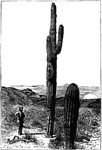
Saguaro
It is native to the Sonoran Desert in Arizona, the Mexican states of Sonora and Baja California, and…

Freycinetia imbricata
The fruit of Freycinetia imbricata, a flowering plant native to Southeast Asia.

Xanthorrhaea Hastilis
Xanthorrhaea hastilis is a flowering plant native to Australia also referred to as Xanthorrhoea resinifera…
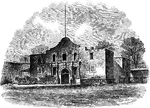
The Alamo
The Alamo, originally known as Mission San Antonio de Valero, is a former Roman Catholic mission and…
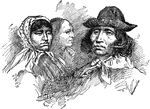
Cherokee Indians
The Cherokee are a people native to North America, who, at the time of European contact in the sixteenth…

Medal Given to Black Partridge
Black Partridge or Black Pheasant was a 19th century Peoria Lake Pottawatomie chieftain. He was later…
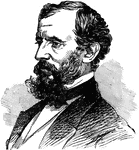
Vincent Colyer
Vincent Colyer (1825 - July 12, 1888) was a successful American artist noted for the images he created…

Blue Pincushion
"Brunonia sericea. 1. a complete flower; 2. the pistil; 3. a ripe fruit; 4. embryo." -Lindley, 1853
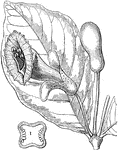
Black Calabash Tree
Native to Florida, Crescentia obovata or the Black Calabash tree is a flowering plant of the Bignoniaceae…
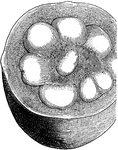
Black Calabash Fruit
A cross section of the fruit of the black calabash tree (Crescentia cucurbitina), native to Florida.

William Penn Purchasing Land from the Delaware Indians
He befriended the local Indians, and ensured that they were paid fairly for their lands. They revered…
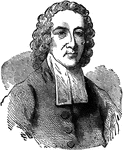
Jonathan Edwards
Jonathan Edwards (October 5, 1703 – March 22, 1758) was a colonial American Congregational preacher,…

John Eliot Preaching to the Indians
John Eliot (c. 1604 - 21 May 1690) was a Puritan missionary born in Widford, Hertfordshire, England.…

Alangium
Marlea begonifolia or Alangium chinense is an evergreen tree native in China used for its medicinal…
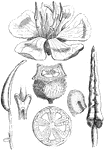
Native Lassiandra
"Melastoma polyanthum. 1. flower; 2, 2. stamens; 3. base of anther; 4. fruit; 5. section of ditto; 6.…
Native Currant
"Leptomeria acida; 2. a branch more magnified; 3. an expanded flower; 4. a fruit." -Lindley, 1853
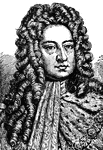
King George I of Great Britain
George I (28 May 1660 – 11 June 1727) was King of Great Britain and Ireland from 1 August 1714…

Royal Palm
Roystonea (Royal Palm) is a genus of 10 species of monoecious palms, native to tropical regions of Florida,…
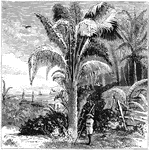
Date Palms
The Date Palm (Phoenix dactylifera) is a palm in the genus Phoenix, extensively cultivated for its edible…

Banana Plant
An illustration of a large banana plant. Banana is the common name for a fruit and also the herbaceous…
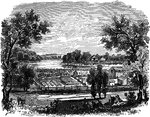
Site of Fort Defiance, in 1860
In the 1810s, William Henry Harrison used Fort Defiance as one base for his attacks against Native Americans…
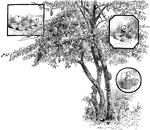
Calabash Tree
An illustration of a Calabash tree and ways to utilize the shell of the fruit it produces. Crescentia…

The Half Moon in the Hudson
Henry Hudon's vessel the Halve Maen or Half Moon in the Hudson River when it was first discovered.
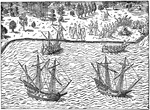
The Huguenots - Landing of John Ribault
In 1562, Ribault was chosen to lead an expedition to the New World to establish a haven for the Huguenots.…
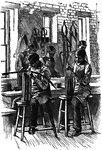
Indian Apprentices Making Harness
In 1911, there were many Indian Industrial Schools. Picture here are some Indian apprentices making…
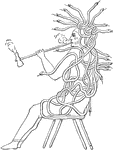
Atatarho
Atotarho is a historical figure for whom there is almost no historical record. Oral tradition stories…
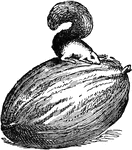
Sioux Totem
The totem or emblem of the Sioux, a Native American tribe has a squirrel on top of a nut.
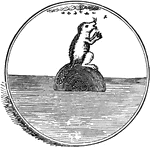
Huron Totem
The totem or emblem of the Huron, a Native American tribe has a beaver on top of a log in the water.

A Jesuit Missionary Preaching to the Indians
A drawing of a Jesuit missionary preaching to Native Americans.

Tecumseh
Tecumseh (March 1768 – October 5, 1813), also Tecumtha or Tekamthi, was a famous Native American…

Chattanooga, Tennessee in 1862
Chattanooga, "the Scenic City", is the fourth-largest city in Tennessee (after Memphis, Nashville, and…

Appearance of the Thames Battle Ground in 1860
The Battle of the Thames, also known as the Battle of Moraviantown, was a decisive American victory…
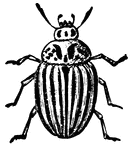
Colorado Potato Beetle
The Colorado potato beetle (Leptinotarsa decemlineata), also known as the Colorado beetle, ten-striped…
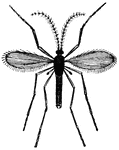
Hessian Fly
The hessian fly or barley midge, Mayetiola destructor, is a species of fly that is a significant pest…

Blue Jay
The Blue Jay (Cyanocitta cristata) is a passerine bird, and a member of the family Corvidae native to…
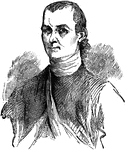
Samuel Kirkland
Rev. Samuel Kirkland (1741 – 1808) was a Presbyterian missionary among the Oneida and Tuscarora…
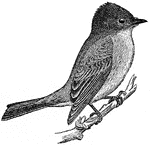
Phoebe
The genus Sayornis is a small group of medium-sized insect-eating birds in the Tyrant flycatcher family…

Uncas
Uncas (c. 1588 – c. 1683) was a sachem of the Mohegan who through his alliance with the English…
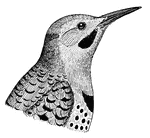
Northern Flicker
The Northern Flicker (Colaptes auratus) is a medium-sized member of the woodpecker family. It is native…

Indigobird (Male)
The Indigobirds and whydahs, are small passerine birds native to Africa. Some species are also known…
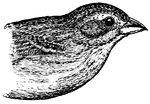
Indigobird (Female)
The Indigobirds and whydahs, are small passerine birds native to Africa. Some species are also known…

Tree Sparrow
The Tree Sparrow, Passer montanus, breeds over most of Europe and Siberia, and allied forms occur in…
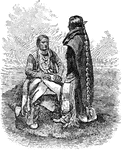
Ute Indians
The Utes are an ethnically related group of American Indians now living primarily in Utah and Colorado.…
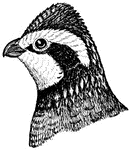
Northern Bobwhite
The Northern Bobwhite, Virginia Quail or (in its home range) Bobwhite Quail (Colinus virginianus) is…
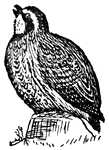
Northern Bobwhite
The Northern Bobwhite, Virginia Quail or (in its home range) Bobwhite Quail (Colinus virginianus) is…
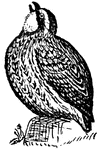
Northern Bobwhite
The Northern Bobwhite, Virginia Quail or (in its home range) Bobwhite Quail (Colinus virginianus) is…
